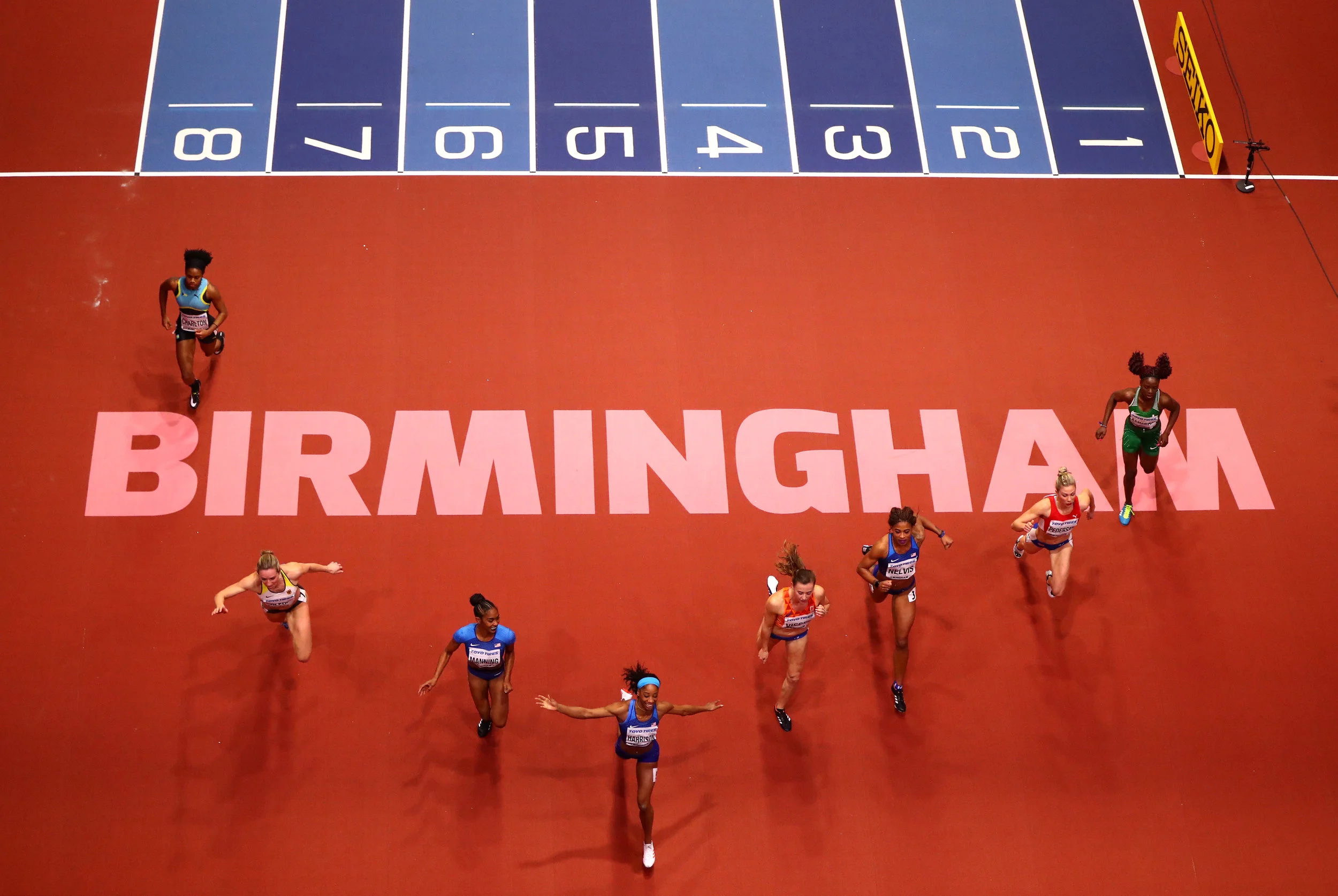It boggles the mind, truly, that the U.S. Anti-Doping Agency proved so inept, or something, that it moved Monday to announce it had “withdrawn” action against the world’s No. 1 sprinter, Christian Coleman.
Was its official conduct negligent or more —was it reckless? Why the aggressive advocacy bordering — in recent months increasingly typical of the agency — on religious-style zealotry? Why the arrogance?
How — seriously, how — could USADA not understand the rules?
USADA’s basic mission, fundamentally before all else, is to understand the very rules that it says, time and again, over and over, that athletes must internalize, or else.
And yet — because of USADA’s inability to understand the “whereabouts rules,” it very publicly brought a case against Coleman and, on Monday, embarrassingly — let’s be clear, embarrassingly, shamefully — dropped it.
Someone owes someone something, and before the very serious topic of money damages gets addressed, and that is a legitimate topic for discussion, because these past few weeks have been the height of the European professional track circuit, what there should be first is a very public apology, because — this was wrong.
Very, very wrong.










